Antique and Vintage Necklace Clasp Identification: A Journey through Time
10 Types of Antique and Vintage Necklace Clasps
A Comprehensive Guide to Identification and Dating
1. Barrel Clasp
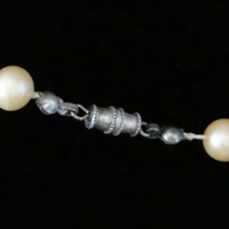
The barrel clasp represents one of the most elegant solutions in fine jewelry closures, particularly favored in pearl necklaces and precious stone pieces. This sophisticated mechanism consists of a threaded cylinder that screws together seamlessly.
Key Features:
- Precision-engineered threading system
- Often features decorative engraving or milgrain work
- Common in high-end vintage pearl necklaces
- Typically crafted in precious metals
- Provides exceptional security for valuable pieces
2. Box Clasp
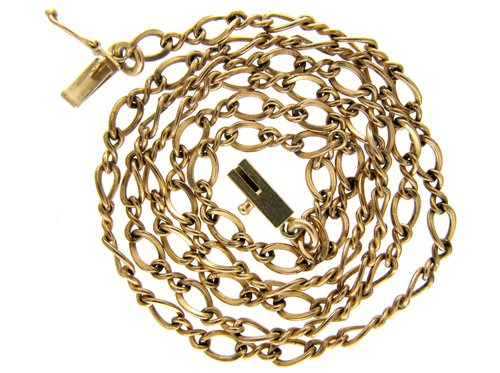
Box clasps are among the most secure and decorative closures in vintage jewelry. These sophisticated mechanisms combine functionality with artistic design, often becoming a focal point of the piece itself.
Distinctive Characteristics:
- Rectangular or square construction
- Often features gemstone embellishments
- Intricate filigree work common in Victorian pieces
- Multiple internal safety mechanisms
- Found in high-value antique jewelry
3. Toggle Clasp
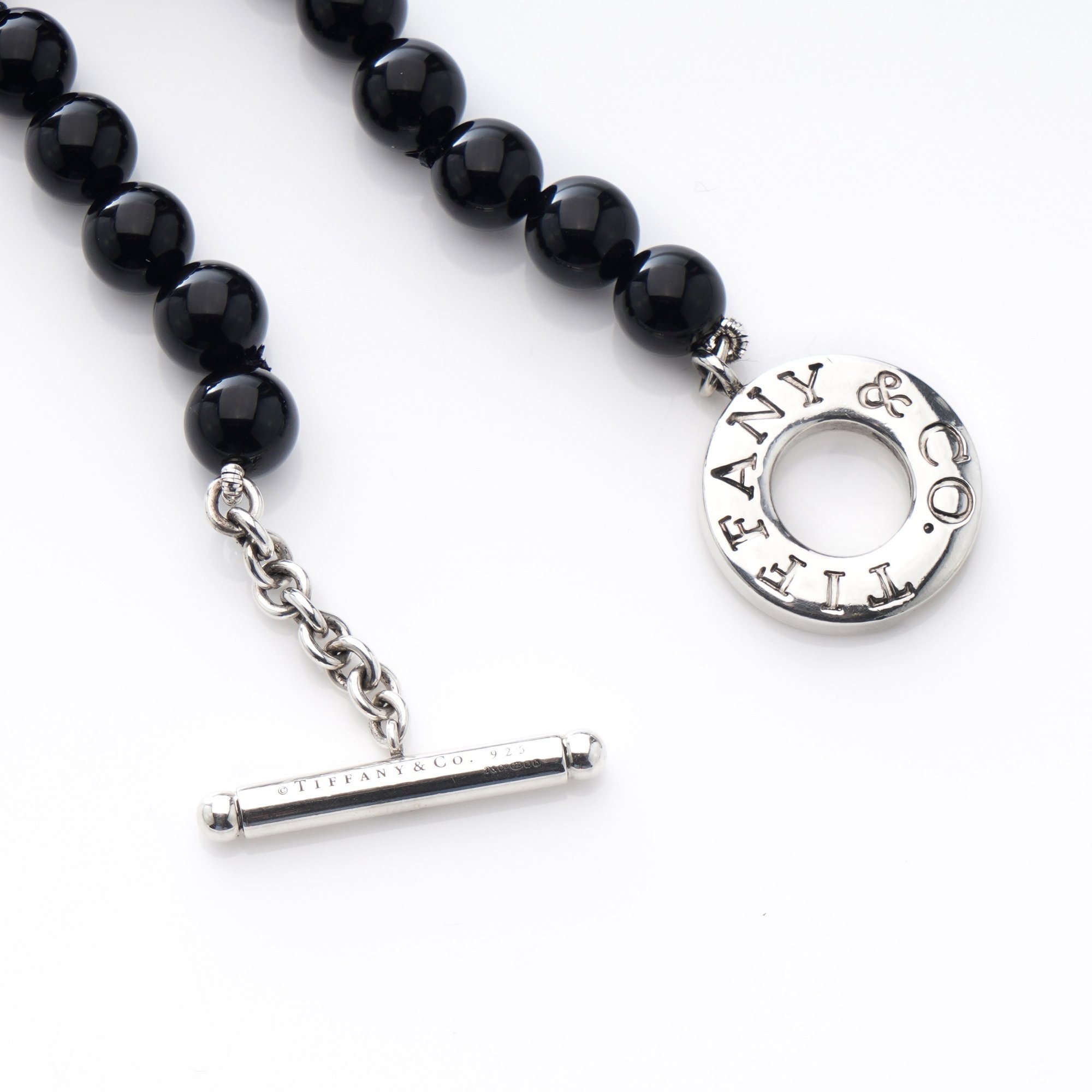
Toggle clasps combine functionality with decorative appeal, featuring a T-bar that passes through a ring. This design became particularly popular during the Art Nouveau period and remains a favorite in luxury jewelry design.
Notable Features:
- Decorative T-bar and ring design
- Often bears designer hallmarks
- Popular in both vintage and modern pieces
- Excellent security when properly sized
- Frequently used in statement necklaces
4. Magnetic Clasp

Magnetic clasps represent modern innovation in jewelry closures, offering ease of use while maintaining security. These clasps are particularly valued for their convenience and clean aesthetic.
Modern Features:
- Strong neodymium magnets
- Easy one-handed operation
- Often includes secondary safety catch
- Seamless visual appearance
- Perfect for contemporary designs
5. Fish Hook Clasp
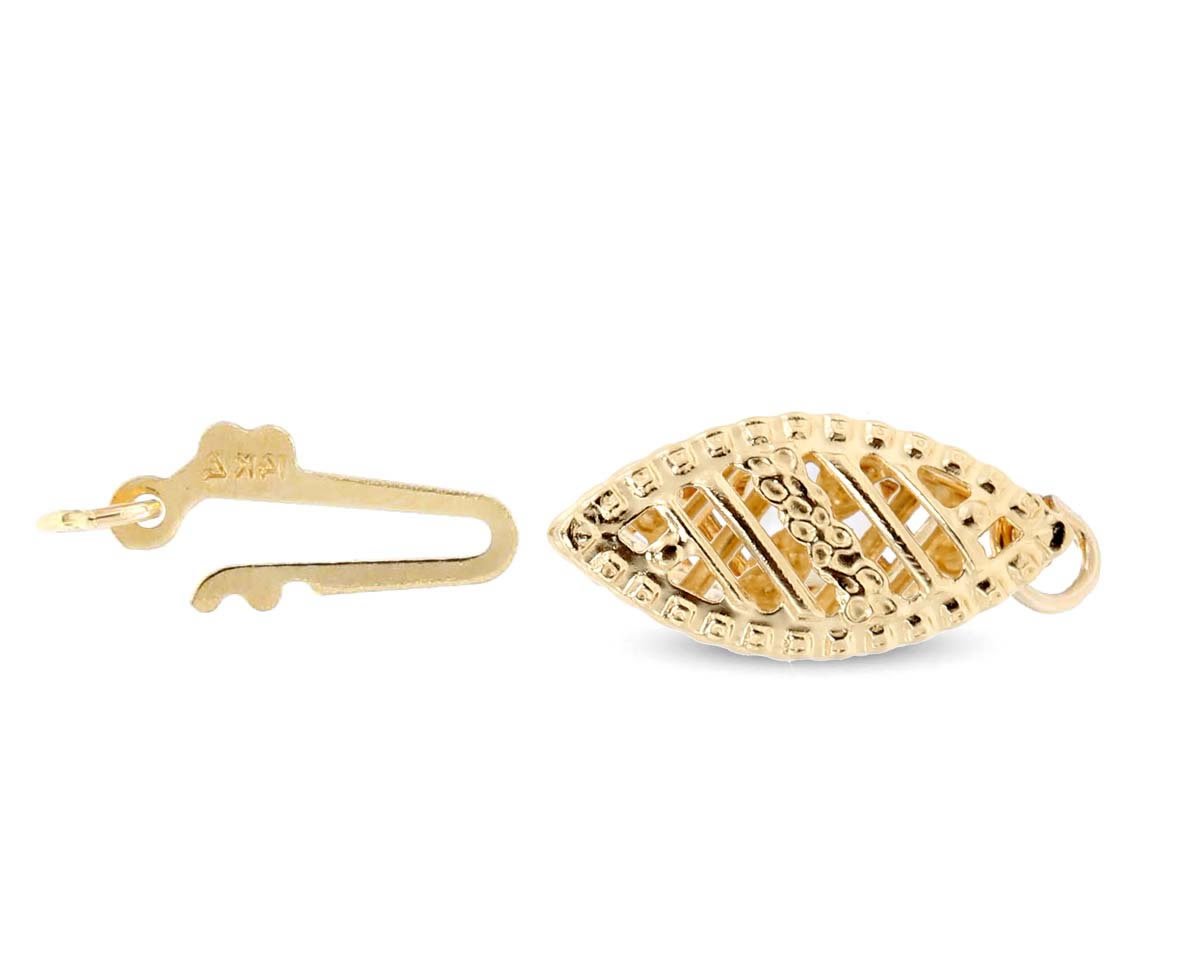
Fish hook clasps combine elegant design with practical functionality, often featuring ornate decorative elements that make them a beautiful part of the jewelry piece rather than just a functional element.
Distinctive Elements:
- Elongated hook design
- Often features filigree work
- Popular in Victorian-era pieces
- Secure yet easily operated
- Decorative as well as functional
6. Spring Clasp
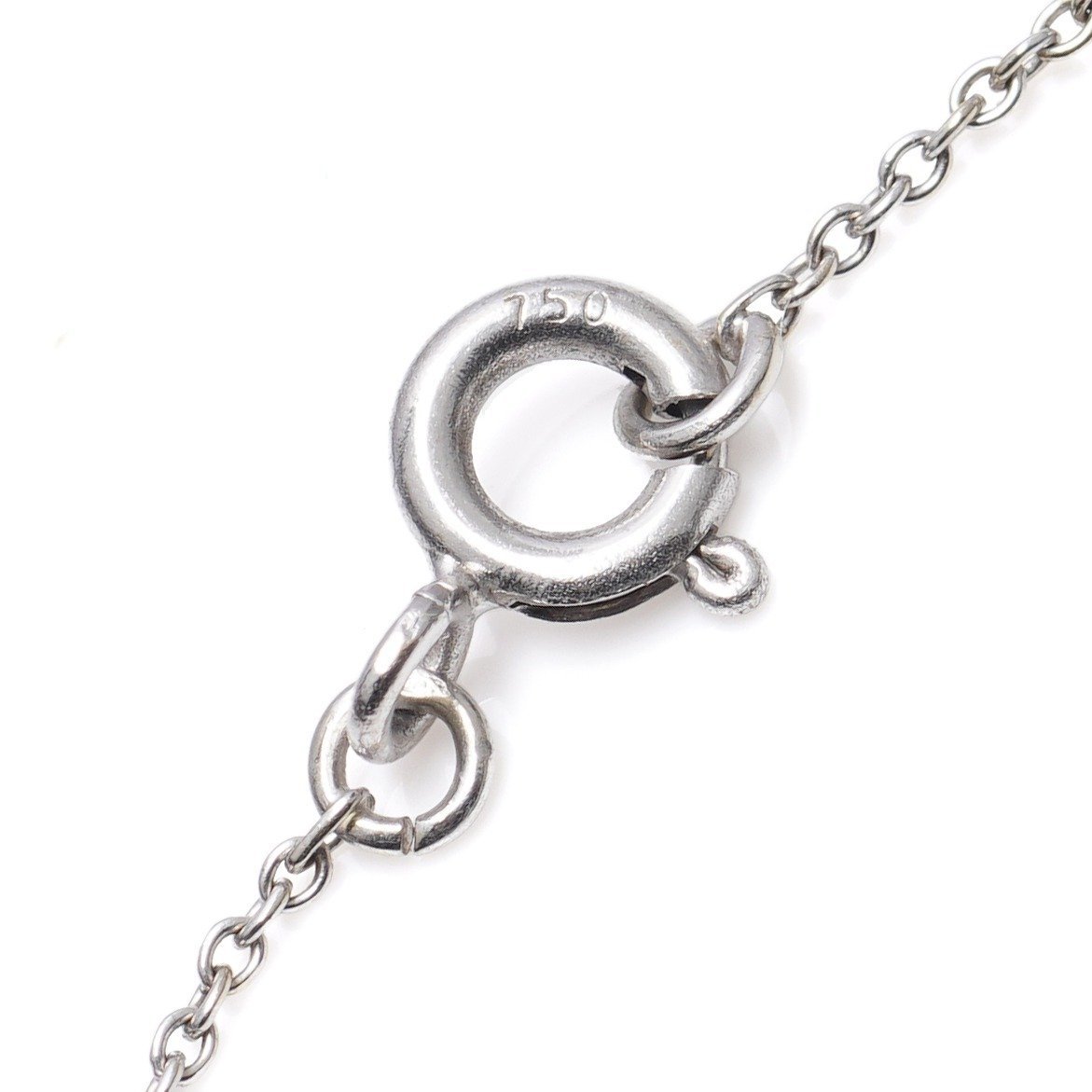
Spring ring clasps, introduced in the early 1900s, revolutionized jewelry closures with their secure and user-friendly mechanism. These clasps remain popular due to their reliability and ease of use.
Key Characteristics:
- Spring-loaded mechanism
- Often marked with metal purity
- Compact and secure design
- Durable construction
- Universal application
7. Lobster Clasp

Lobster clasps, named for their distinctive shape, represent one of the most secure and versatile closure systems in jewelry design. Their reliability has made them a standard in both fine and fashion jewelry.
Notable Attributes:
- Spring-loaded claw mechanism
- Multiple internal safety features
- Available in various sizes
- Excellent durability
- Often bears maker's marks
8. Hook and Eye Clasp
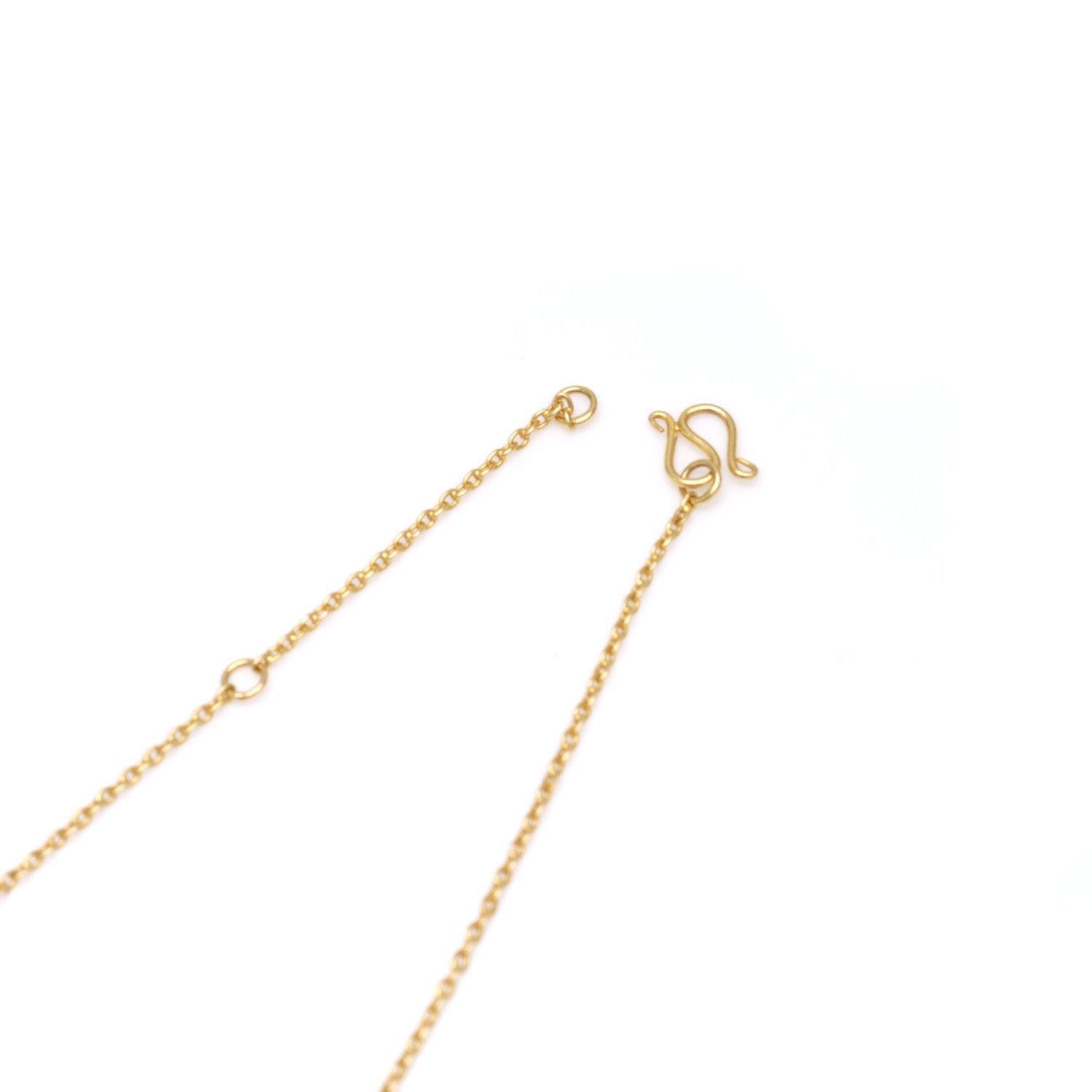
Hook and eye clasps represent one of the earliest and most elegant closure solutions in jewelry design. Their simplicity and versatility have ensured their continued use from ancient times to the present day.
Design Elements:
- Simple S-shaped hook design
- Minimal visual impact
- Historically significant style
- Often hand-fabricated
- Perfect for delicate pieces
9. Snap Clasp

Snap clasps combine security with elegance, featuring a satisfying click mechanism that ensures jewelry stays safely in place. These clasps are particularly valued for their reliability and ease of use.
Identifying Features:
- Push-button mechanism
- Often decorated with patterns
- Audible click when secure
- Integrated safety features
- Popular in vintage pieces
Do you want to sell your jewellery?
Get a professional evaluation of your antique or vintage pieces.
Get Your Free EvaluationFrequently Asked Questions
How can I determine the age of an antique or vintage necklace based on its clasp?
The clasp type can provide valuable clues about the age of an antique or vintage necklace. By familiarizing yourself with the historical timeline of different clasp types and their prevalence in specific eras, you can make an educated estimation of the necklace's age.
Are certain clasp types more valuable than others in antique and vintage necklaces?
The value of an antique or vintage necklace depends on various factors, including the overall design, materials used, and rarity of the clasp type. While some collectors may prioritize specific clasp types, it is important to consider the necklace as a whole, appreciating its aesthetics and historical significance.
Can I replace a missing or damaged clasp on an antique or vintage necklace?
It is possible to replace a missing or damaged clasp on an antique or vintage necklace; however, it is crucial to consider the necklace's historical integrity. If the original clasp contributes significantly to the necklace's value or design, consulting a professional jeweler experienced in antique and vintage jewelry restoration is recommended.
How can I differentiate between an authentic antique or vintage clasp and a reproduction?
Authentic antique and vintage clasps often exhibit signs of age, such as wear, patina, or unique characteristics associated with the era they originate from. Studying design details, and construction techniques, and using reputable reference materials can assist in identifying genuine antique and vintage clasps.
Are there reliable resources or books available to help with antique and vintage necklace clasp identification?
Certainly! Several reputable resources and books offer valuable insights into antique and vintage necklace clasps. Some notable titles include "Antique and Vintage Jewelry: A Guide to Identifying, Dating, and Valuing" by Leigh Leshner and "Costume Jewelry Identification and Price Guide" by Pamela Y. Wiggins.
Can antique and vintage necklace clasps be repaired or restored?
Yes, professional jewelers experienced in the restoration of antique and vintage jewelry can repair or restore clasps. They can clean, recondition, or replace components while ensuring the preservation of the necklace's authenticity and historical value.


